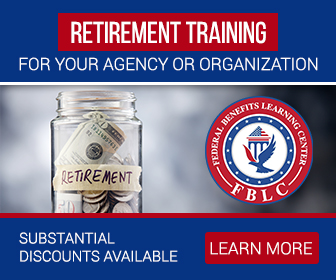There is a need for people to be certain of their TSP-3 beneficiary. Thus, this article focuses on the ways to do that.
The person listed on your most recent TSP-3 form may be someone you know, but the TSP (Thrift Savings Plan) may not know who they are. Some individuals have stated that the website’s beneficiary information is correct for their primary beneficiary but not for contingent beneficiaries.
Indeed, the Thrift Savings Plan admitted that 266,000 beneficiary designations were not transferred to the new system due to data quality issues. Then they cryptically say that the beneficiary forms are still on file.
Please do not assume that the beneficiary information you have provided is accurate. Here are some suggestions:
If you haven’t already, set up your new TSP account immediately. Examine the account to ensure that your beneficiary designations are correctly recorded.
If your designations are incorrect, take the necessary steps to update your TSP-3.
You can submit a new TSP-3 in the following cases:
- When you do not have a beneficiary form on file
- If your account needs to be updated
- When your designated beneficiary has passed away
The TSP-3 form is available in the Forms section, but you may need to be patient with the website. The Thrift Board’s website is still not up and running as smoothly as it should be. When you reach the TSP-3 link, you will be allowed to download the form or use a “wizard.” TSP form wizards make it simple to fill out any TSP form; they ask pertinent questions and, based on your answers, direct you to the next section that needs to be completed. With a wizard, you won’t have to wonder which parts of the form to fill out and which to leave blank. Printing out a filled-out version of the form allows you to take it to a notary if you need it notarized, which is frequently the case with TSP forms.
What if you don’t have a TSP-3 on file or if it was “lost” during the system transition? In that case, the Thrift Savings Plan will use the standard order of precedence to determine who will receive your TSP funds when you pass away. The TSP will disregard any wishes you have expressed in a will or trust. In estate planning, it is a general rule that beneficiary forms (or the standard order of precedence) take precedence over any other stated wishes. The legal order of priority for federal benefits after your designated beneficiary is:
- Surviving partner
- Children (per stirpes) (unless formally adopted, stepchildren are omitted)
- Parents (except step-parents who have officially adopted you)
- The legal representative of the estate, such as an executor or administrator as appointed by the court
- Next of kin
The TSP-3, like most beneficiary forms, allows you to name contingent beneficiaries who will receive the funds if the designated beneficiary dies before you. You can also select multiple beneficiaries. If you choose this option, ensure the total adds up to 100%.
If your beneficiary is:
- Your federally employed or retired spouse: they have the option of taking the money out of your TSP, rolling it into their own, or choosing an inherited IRA.
- Your non-federally employed or retired spouse: they may take over your TSP account, elect an inherited IRA, or withdraw the funds. The TSP will set up a beneficiary participant account for the beneficiary if they choose to take over your account. The beneficiary participant account’s initial allocation is in the age-appropriate L fund.
A non-spouse may choose an inherited IRA or withdraw the funds. The SECURE Act has restricted the “stretch IRA” for almost all non-spouse beneficiaries, who must now deplete the account entirely within ten years.
You’ve been saving for retirement your entire career. You want to ensure that if you don’t live long enough to deplete your TSP, the remainder is distributed to a person or persons of your choosing.
Contact Information:
Email: [email protected]
Phone: 3037587400











